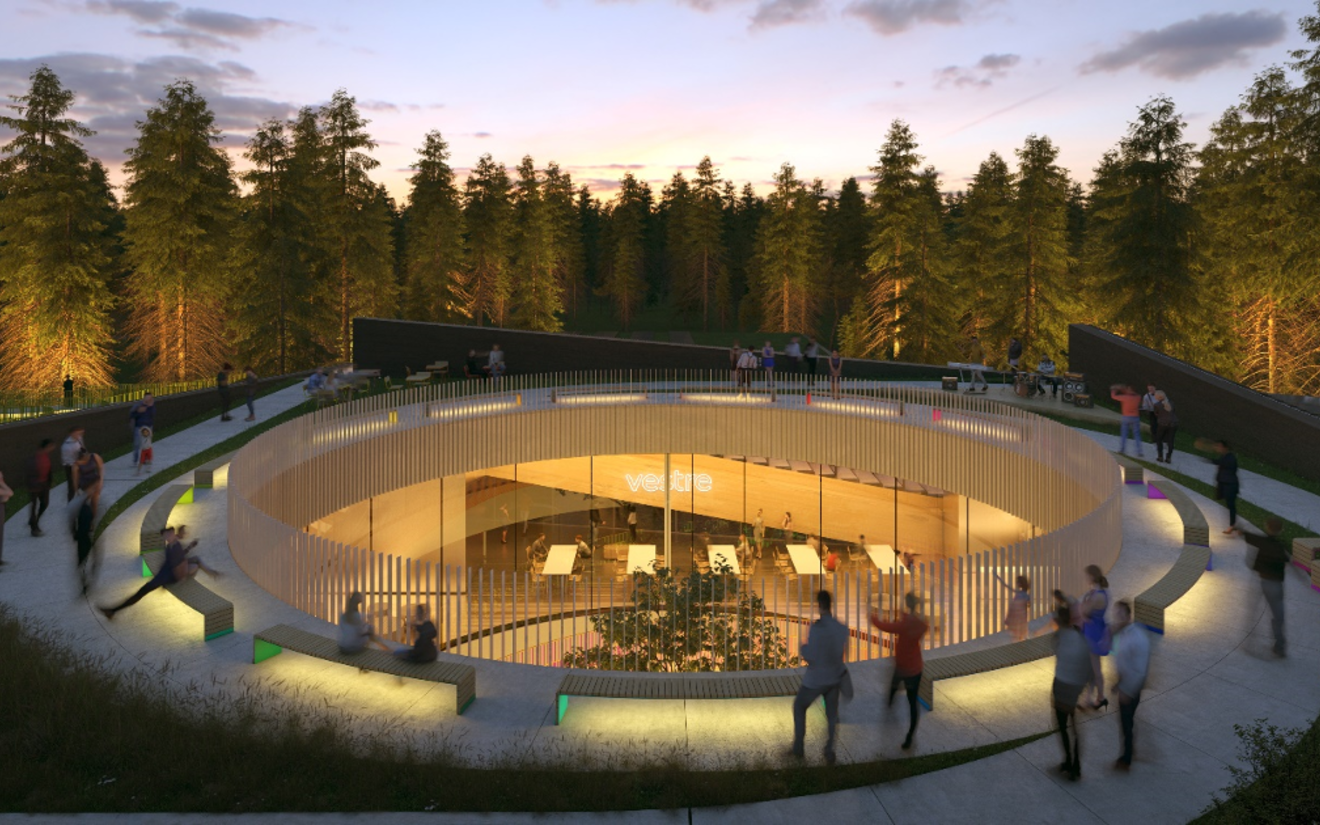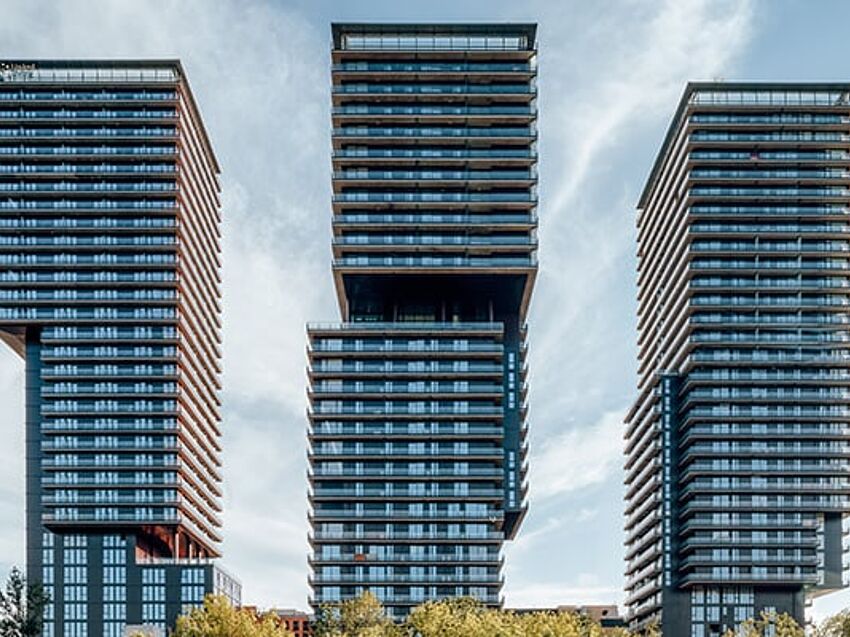BIG is planning the world's most sustainable furniture factory in the Norwegian Forest - including a park covering some 120 hectares.
When thinking of furniture from Scandinavia, the first thing that usually comes to mind is the prefabricated kits from IKEA. But when it comes to sustainable furniture from the far north, the name Vestre could well be the first thing that comes to mind in the future. The Norwegian manufacturer of street furniture is planning to build the world's most sustainable furniture factory in Magnor in the coming years - right in the middle of the forest. The plans for this ambitious project are from the Bjarke Ingels Group (BIG). In addition to the 6,500 square meters of open production space, the project will also create a park of around 120 hectares for hikers and campers.
The Plus
Conceived as a village for a community committed to producing the cleanest and most CO2-neutral furniture, The Plus (as the factory is called) aims to be a global address for sustainable architecture and highly efficient production. It will be the first industrial building in the Nordic countries to be awarded "Outstanding" (the best possible rating) according to the BREEAM rating system. All materials are carefully selected for their environmental impact. For example, the façade will be made of locally sourced wood, CO2-neutral concrete and recycled steel reinforcement. Furthermore, according to BIG, every aspect of the design is based on principles of renewable and clean energy, in line with Vestres environmentally friendly production.
Forestry
The name The Plus derives from the shape of the factory complex, where four production halls - warehouse, paint factory, furniture factory and assembly - converge in the middle to form a plus sign. At the center of the mathematical symbol are the logistics office and an exhibition area that connect the four halls. The connection is intended to enable an efficient, flexible and transparent workflow between the departments. The central node in turn encloses a public inner courtyard, where the latest outdoor furniture is effectively presented.
Another part of the design, by the way, is a "radical" openness to the outside: park visitors can virtually watch the Vestre employees at work - and probably learn something about sustainable production in the process. The employees themselves get the impression that they are working in the middle of the forest, which is the case. A new form of forest work, so to speak.




